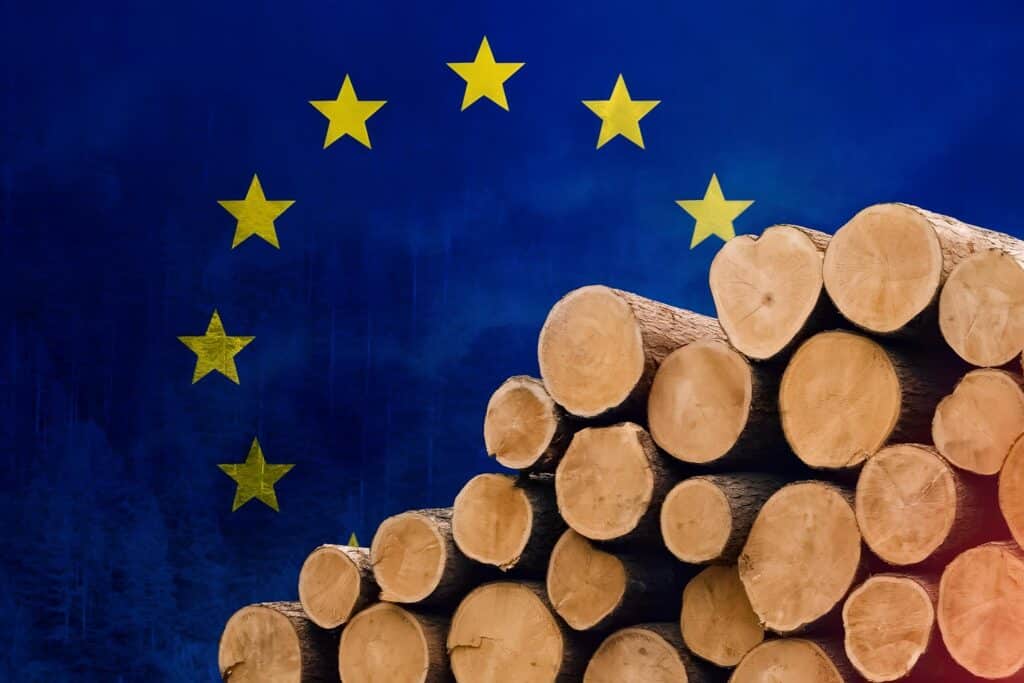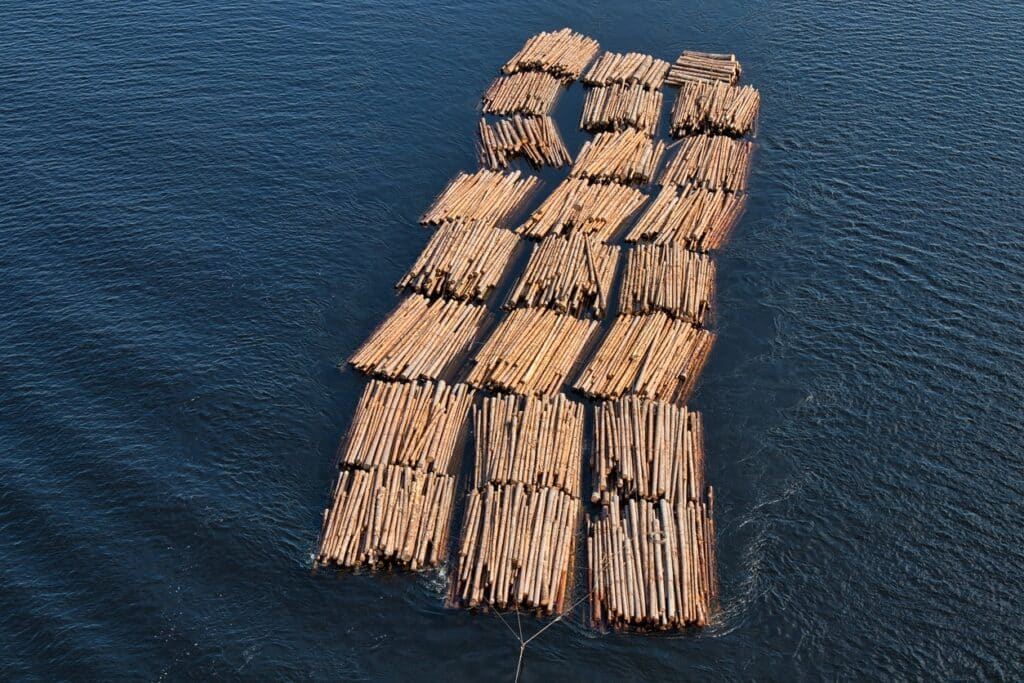Russia now accounts for 63% of all softwood lumber imports entering China’s port system – with European imports weakening amid a shortage in biomass. This year alone, Russia and Belarus have collectively accounted for 3 million cubic metres (or 70% of total imports), with Russia supplying 2.71 million and Belarus 269,000 cubic metres (a 38% increase).
Today, more than 90% of lumber produced by Russia now enters China, and of the lumber that doesn’t, much still filters into the Chinese sphere of influence. Now, new data produced by China Customs reveals that imports into the world’s largest consumer market have been in a “constant state of decline since August 2023,” with total imports down 1.8% (to 4.34 million cubic metres) for the first quarter of 2024.
Wood Central understands that this, by extension, is a direct result of a total slowdown in lumber production from Europe’s leading timber producers, including Finland (down 25% to 225,000 cubic metres for the first quarter), Germany (down 38% to 179,000), and Sweden (down 42% to 185,000).
The European problem is that the ban on Russian and Belarusian imports, which came into effect in July 2022, has led to a total shortage of biomass from the Baltic states. This, in turn, caused log, pulpwood, and forest raw material costs to rise. This shortage caused a “pricing disconnect” between the price of raw materials and the price of lumber, pulp, and paper produced, ultimately causing the cost of raw materials to spike when volumes sank.

According to the Federation of Swedish Farmers, stock levels to the end of 2023 were 15% below the five-year average, driving up the cost of raw logs. This exacerbated a crunch on local saw millers already impacted by a slowing European construction market.
Further complicated matters are the compliance of timber-producing countries with the EU’s New Green Deal. Last year, Wood Central reported that Finland and Norway were pushing back against the EU’s “over-regulation” of forests, forestry, and forest products supply chains.
In a letter obtained by Wood Central, prime ministers from both countries acknowledge that “forests, forestry and its value-chain face a lot of pressure from newly negotiated EU legislation on energy, climate and the environment.”

According to a study published in Nature, Climate targets in European timber-producing countries conflict with goals on forest ecosystem services and biodiversity; researchers argue that Europe’s largest timber producers cannot balance harvest demands with ambitious climate targets – as outlined in the EU’s Forest Strategy.
“Our research shows that the key European timber-producing countries—Finland, Sweden, and Germany (Bavaria)—cannot fulfil the increased harvest demands linked to the ambitious 1.5°C target,” the researchers said, adding that “potential for harvest increase only exists in Norway.”
“The three major production regions (Sweden, Finland and Germany) were not able to mobilize enough resources to meet the EU’s climate change mitigation targets,” they said while meeting harvesting targets outlined in EU-approved Forest Plans.
To learn more about China and its role in the global forest economy, visit Wood Central’s exclusive interviews with the authors of China—Forest, Log & Lumber Outlook. The interviews include:







